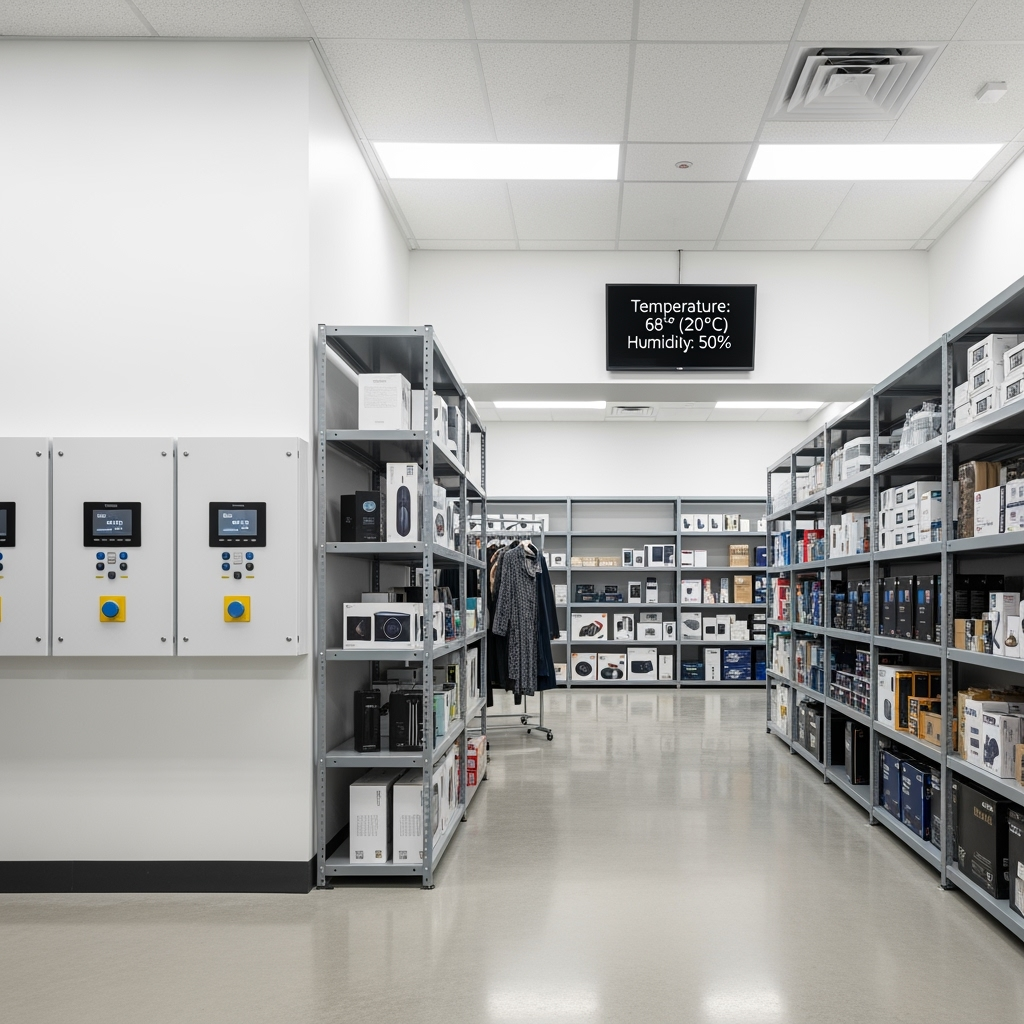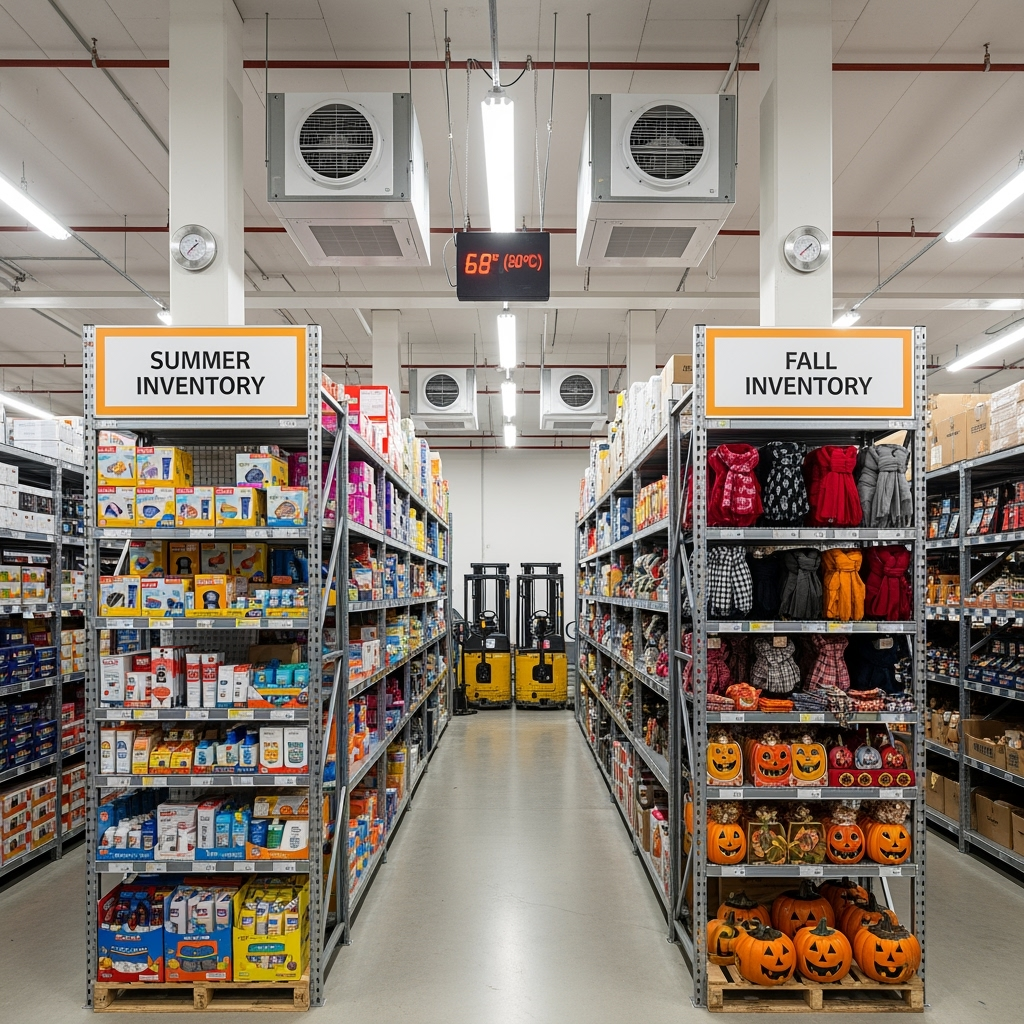Understanding the Critical Role of Temperature Control in Seasonal Retail
For seasonal retailers, managing inventory transitions while maintaining product quality is a delicate balancing act. Temperature-controlled storage isn’t just a luxury – it’s a necessity for protecting your valuable merchandise and ensuring optimal condition when it’s time to hit the shelves.

The Science Behind Temperature Control for Retail Inventory
Different retail products require specific temperature ranges for optimal preservation. Understanding these requirements is crucial for maintaining inventory quality:
- Clothing and Textiles: 65-75°F with 45-50% humidity
- Cosmetics and Beauty Products: 55-65°F with controlled humidity
- Electronics and Gadgets: 60-75°F with low humidity
- Seasonal Decor: 60-80°F with moderate humidity control
Strategic Seasonal Transition Planning
Successfully managing seasonal inventory requires careful planning and execution. Here’s how to make the most of your temperature-controlled storage:

Early Season Preparation
- Begin temperature adjustments 2-3 weeks before seasonal transitions
- Monitor humidity levels daily during transition periods
- Create dedicated zones for incoming and outgoing seasonal merchandise
- Implement inventory tracking systems specific to temperature-sensitive items
Storage Unit Organization Tips
Maximize your temperature-controlled space with these organization strategies:
- Use elevated shelving to improve air circulation
- Keep temperature-sensitive items away from walls and doors
- Create clear pathways for regular temperature monitoring
- Label sections according to temperature requirements
Temperature Monitoring and Management
Maintaining consistent temperature control requires vigilant monitoring:
- Install digital thermometers with remote monitoring capabilities
- Set up automated alerts for temperature fluctuations
- Keep detailed logs of temperature and humidity readings
- Perform regular maintenance on climate control systems
Emergency Preparedness and Backup Plans
Protect your inventory with these emergency preparation steps:
- Develop a power outage response plan
- Install backup power systems for critical cooling needs
- Create an emergency contact list for climate control issues
- Maintain relationships with backup storage facilities
Cost Management Strategies
Optimize your temperature-controlled storage budget:
- Choose appropriate unit sizes to avoid paying for unused space
- Consider shared storage options during slower seasons
- Implement energy-efficient storage practices
- Track utility costs to optimize temperature settings
Best Practices for Different Retail Categories
Specific guidelines for common retail categories:
- Fashion Retail: Rotate inventory seasonally with gradual temperature transitions
- Beauty and Cosmetics: Maintain strict temperature controls year-round
- Home Goods: Separate temperature-sensitive items from standard merchandise
- Electronics: Focus on humidity control alongside temperature management
Conclusion
Successful seasonal retail storage requires a combination of careful planning, proper temperature control, and organized management. By following these guidelines, you can protect your inventory investment while ensuring products remain in optimal condition for your customers. Remember, the key to temperature-controlled storage success lies in consistency, monitoring, and proactive management.










Leave a Reply